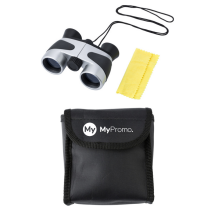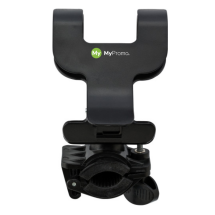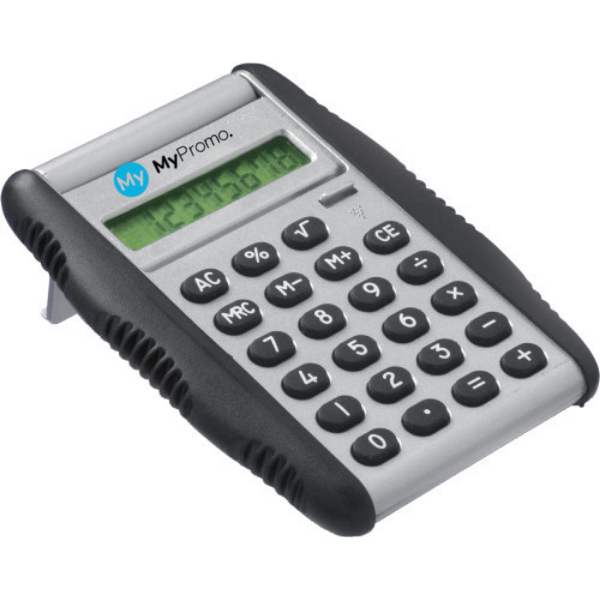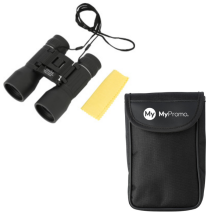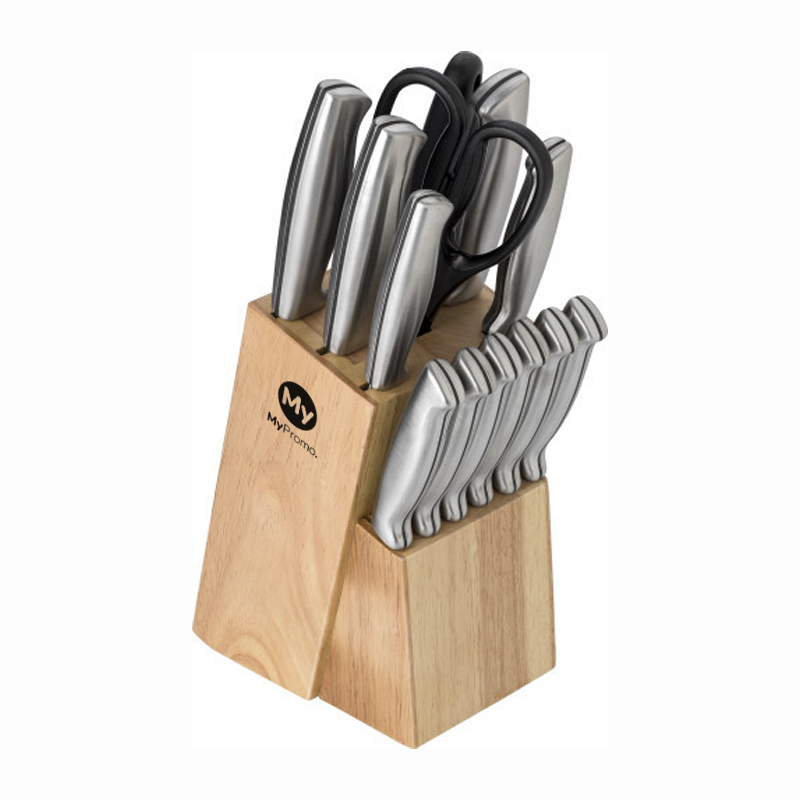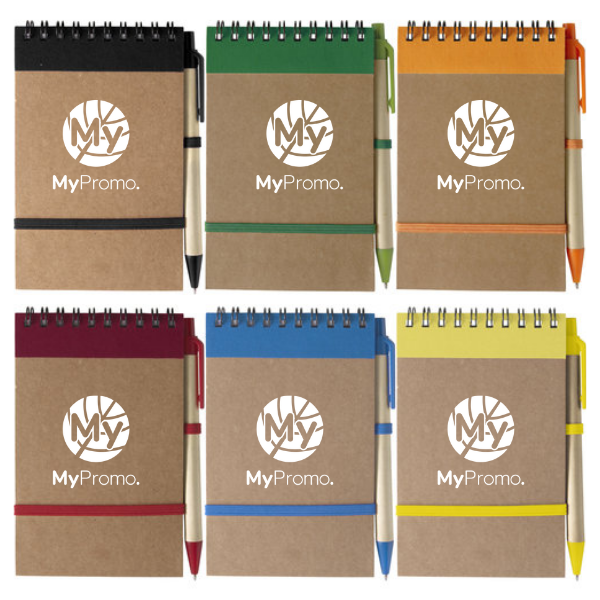Rubber
What is rubber?
Rubber is an exceptional and versatile material extensively used across a variety of industries, from automotive to healthcare and consumer goods. Its elasticity, durability, and resistance to water and chemicals make it an indispensable resource in manufacturing, including the production of promotional gifts. Historically, rubber was first utilised by indigenous Mesoamerican cultures, primarily extracted from the latex of rubber trees. The modern rubber industry saw rapid expansion with the development of vulcanisation by Charles Goodyear in 1839, enhancing rubber's durability and stability.
Understanding Rubber Production
The production of rubber starts with the extraction of latex, a milky fluid found in rubber trees, predominantly grown in regions such as Southeast Asia, Africa, and South America. Once harvested, the latex is refined into rubber suitable for commercial use. This process includes coagulation, where acids are added to solidify the latex, followed by pressing into sheets which are subsequently smoked or heat-treated. Synthetic rubber, another common variant, is manufactured using petroleum by-products through polymerisation and strategic chemical processing.
Characteristics and Benefits of Rubber
Rubber is renowned for its high tensile strength and exceptional flexibility, allowing it to maintain its form and integrity under stress. It is inherently waterproof and electrically resistant, making it suitable for a broad range of uses. Rubber's insulating properties also make it ideal for protective gear and wiring. Its shock-absorbing ability is particularly valued in the automotive and aerospace industries.
Rubber in Everyday Applications
Rubber is used in a wide array of everyday items such as waterproof boots and gloves, as well as in essential applications like car tyres and sealing gaskets. In the promotional products field, rubber is widely used to create bespoke items like personalised wristbands, personalised mouse pads, and anti-slip mats, all of which can be customised with a company’s logo or message. These rubber-based promotional items are not only practical but also serve as enduring advertisements for the brand.
Comparing Rubber with Other Materials
While rubber is notable for its flexibility and durability, materials such as plastics or metals may provide greater rigidity or structural strength, necessary for certain applications. However, rubber's unique set of properties often renders it the superior choice for products requiring elasticity and weather resistance. The primary challenges associated with rubber include its wear over time when exposed to harsh environmental conditions and the potential for allergic reactions to natural rubber latex.
Properties Comparison Table
| Material | Tensile Strength | Flexibility | Weather Resistance | Environmental Impact |
|---|---|---|---|---|
| Rubber | Moderate | High | High | Moderate |
| Plastic | Low to High | Moderate | Moderate | Low to Moderate |
| Metal | High | Low | Low to Moderate | Low to High |
| Silicone | Moderate | Very High | High | Moderate |
What is rubber used for?
Rubber is utilised in a vast range of products, from tyres, seals, and gaskets to medical supplies and household items, owing to its elasticity and durability.
Is rubber environmentally friendly?
Natural rubber is renewable, though environmental concerns exist regarding deforestation for plantations. Synthetic rubber's impact includes dependency on petroleum, affecting its carbon footprint.
Can rubber be recycled?
Yes, rubber can be recycled through various methods including devulcanisation, which restores its plasticity and enables it to be remoulded.
How is rubber made?
Rubber is produced naturally from the latex of rubber trees or synthetically from petroleum derivatives through complex chemical processes.
What are the types of rubber?
There are two primary types of rubber: natural rubber, derived from latex, and synthetic rubber, produced through the polymerisation of monomers such as butadiene and styrene.
